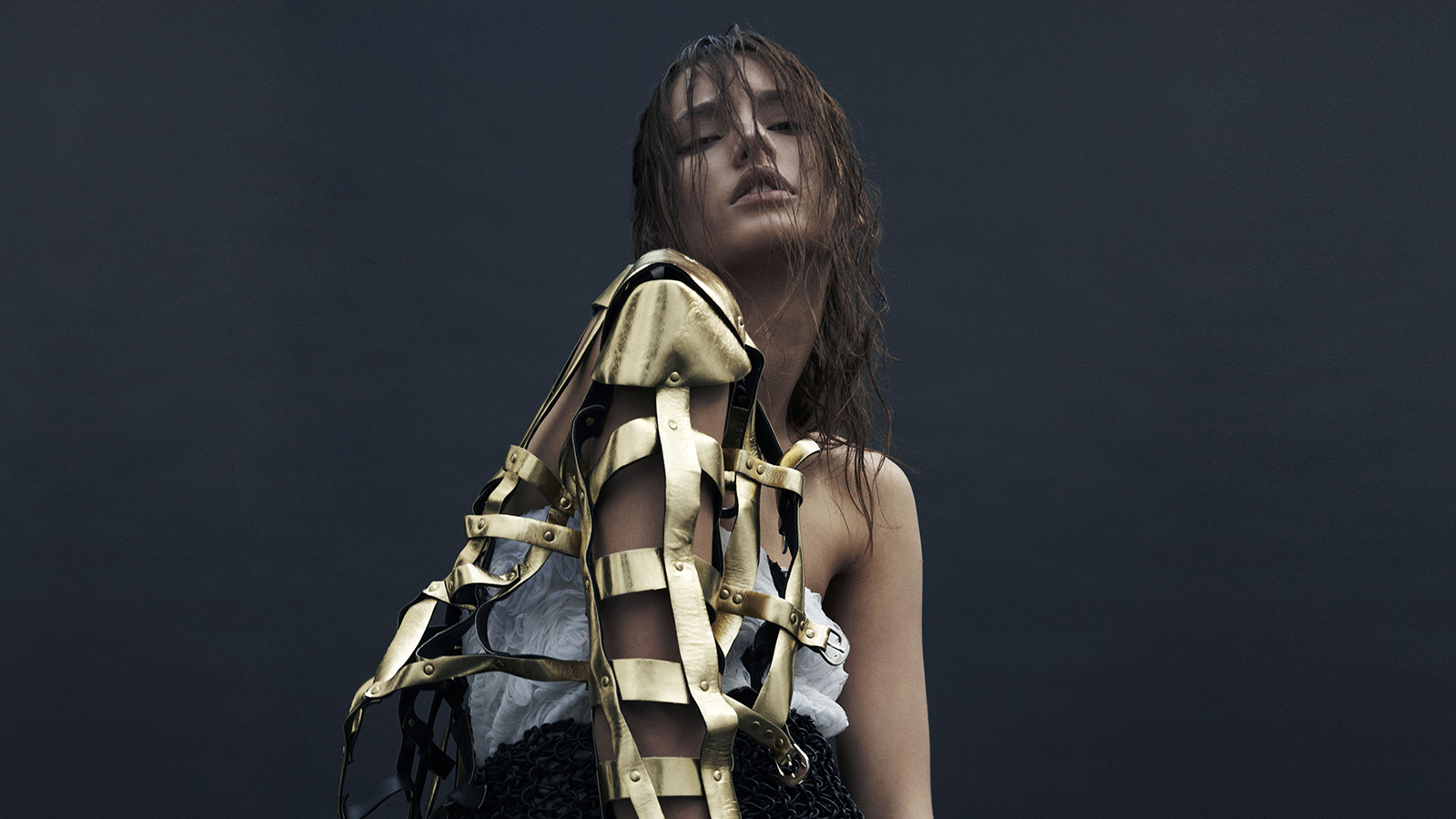What is the Metaverse?
Imagine a persistent, shared, 3D virtual world where you can interact with others, explore different environments, and even create your own. That’s the metaverse, a concept still evolving but rapidly gaining traction. It’s not just one platform, but a collection of interconnected virtual spaces accessed through various devices, from VR headsets to smartphones. Think of it as a next-generation internet, moving beyond flat screens to immersive experiences.
Fashion’s Entrance into the Metaverse
The fashion industry, always at the forefront of innovation, is rapidly embracing the metaverse. This isn’t just about showcasing digital versions of real-world clothing; it’s about creating entirely new garments, accessories, and experiences designed specifically for these virtual environments. Think of it as a completely new category of fashion, unbound by the constraints of physical production and material limitations.

Digital Fashion: More Than Just Skins
The term “digital fashion” often gets associated with simple “skins” – virtual clothes that overlay your avatar in a game. However, the reality is far more sophisticated. Metaverse fashion encompasses intricate designs, unique textures, and dynamic elements not possible in the physical world. Designers can experiment with unconventional materials, gravity-defying silhouettes, and constantly evolving aesthetics, pushing the boundaries of creativity.
How Digital Fashion is Created
Creating digital fashion requires a blend of artistic skills and technical expertise. Designers use 3D modeling software to craft their garments, paying close attention to details like texture, lighting, and animation. They might collaborate with coders to ensure seamless integration with specific metaverse platforms and incorporate interactive elements, such as changing colors or textures based on user actions.
Buying and Wearing Digital Fashion
Acquiring digital fashion usually involves purchasing NFTs (non-fungible tokens), unique digital assets representing ownership of the virtual garment. These can be purchased on dedicated marketplaces or directly from designers. Once purchased, the NFT is linked to your avatar, allowing you to “wear” your digital clothes in compatible metaverse platforms. This creates a new model of ownership and adds an element of scarcity and collectability, similar to owning a limited-edition physical piece.
The Social and Economic Impact
The metaverse’s impact on fashion goes beyond aesthetics. It’s creating new business models, empowering smaller designers, and providing opportunities for both established and emerging brands to reach a wider audience. It also fosters a sense of community amongst fashion enthusiasts, allowing them to connect and share their creations in virtual spaces. The economic potential is vast, with significant opportunities for investment and revenue generation.
Challenges and Considerations
Despite the excitement, challenges remain. Interoperability (the ability to wear the same digital clothes across different metaverse platforms) is a key issue. Scalability, ensuring the metaverse can handle the increasing demand, is another. Concerns about environmental impact, despite the reduced physical production, need to be addressed. Finally, establishing clear standards and regulations for intellectual property rights in the digital realm is crucial for the long-term sustainability of this exciting new sector.
The Future of Fashion in the Metaverse
The future of fashion in the metaverse looks bright. We
…
The post Fashion & the Metaverse A Beginner’s Guide first appeared on PaydayLoanSnow.